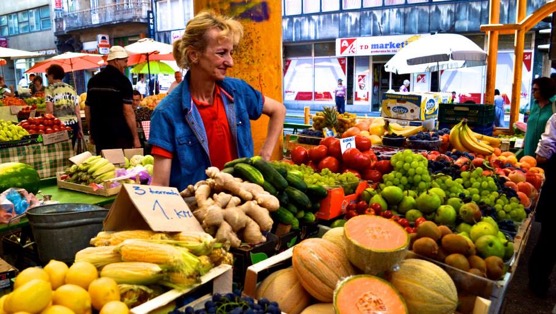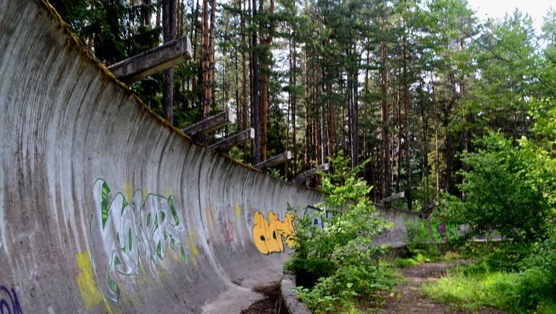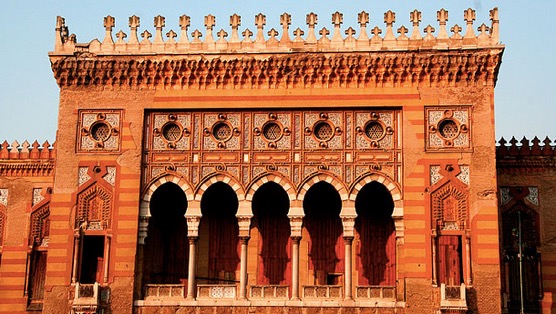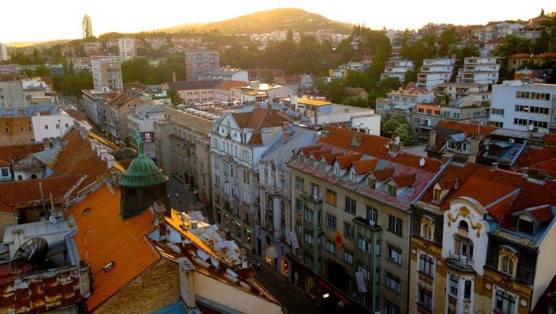Greetings From Sarajevo, Bosnia and Herzegovina
Photo: Anna Callaghan & Flickr/motoyenSarajevo, the capital of Bosnia and Herzegovina, is nestled in a narrow valley below the Dinaric Alps. The city, which was founded by the Ottoman Empire in the 15th century, is a charming mix of Western convenience and Balkan charm. Visitors come to feel the spirit of Old World Europe along narrow cobblestone streets, in cafes with traditional stove-cooked coffee, and to share a moment with locals over homemade liquors.
What many tourists immediately notice is that Sarajevo is a place of extremes. Barkeeps pour inexpensive drinks as the call to prayer sounds at nearby mosques. Girls in tight miniskirts clutch the hands of friends in headscarves. Those extremes mimic the tides of history.
In 1984 the city hosted the Winter Olympics, when Bosnia and Herzegovina was still part of Yugoslavia. The people of Sarajevo worked to ready the city for the games, proud of their multi-ethnic coexistence. Those were the happy times, a golden age of sorts.

Sarajevo’s Markele market Photo: Ana Callaghan
The Sarajevo you’ve likely heard of descended into chaos just a few years later. The same hills that hosted the Winter Games became the city’s biggest weakness. During the early and mid 1990s, the city was cut off from the world and trapped in a war that killed more than 100,000 people. The nearly four-year siege of Sarajevo is the longest siege of a capital city in modern history.
In Sarajevo, history—gathered over 500 years—slaps you square in the face. The exterior walls of many buildings are pockmarked with bullet holes and wartime shelling. The architecture of Baš?aršija, the Turkish quarter, with its cobblestone streets and one-story red-roofed shops, transitions into polished Austro-Hungarian structures just a few blocks away.
Sarajevo’s cumulative effect is dangerous for visitors. The city’s multi-dimensional charm is addictive. It gets under your skin. It captivates. Tourists leave only to return again. In the winters they come to ski. In the summers, the city is packed with visitors in town for the Sarajevo Film Festival (August 2015).
The center of town is parallel to the banks of the calm Miljacka River, and you can easily walk to nearly all of the sites. Taxis are cheap (as is the streetcar tram) and the main bus and train station, with service all over the Balkans and beyond, is only about a 15-minute stroll from town.
Day One
Morning
Get an early start and enjoy the solitude of the quiet streets. Grab a cup of thick Bosnian coffee at a cafe in the Old Town and watch the pigeons flock to the Sebilj fountain in the middle of the square. Then, meet guide Fikret Kahrovic
for a hike-meets-history-tour. If you’re there on a weekend his hiking plans are typically set, so book midweek for a five-hour trek on Mount Trebevi?. You’ll trek through lush forest on the backside of the mountain before walking down the decaying, graffiti-covered Olympic bobsled course and descending back into the city. (The cost is approximately 50 Bosnian Convertible Marks, KM, or $31 USD at 1.61 KM to the dollar).

Bobsled track from the 1984 Winter Games Photo: Ana Callaghan
-

-

-

-

-

-

-

-

-

-

-

-

-

-

-

-

-

-

-

-

-

-

-

-

-

-

-

-

-

-

-

-

-

-

-

-

-

-

-

-










































